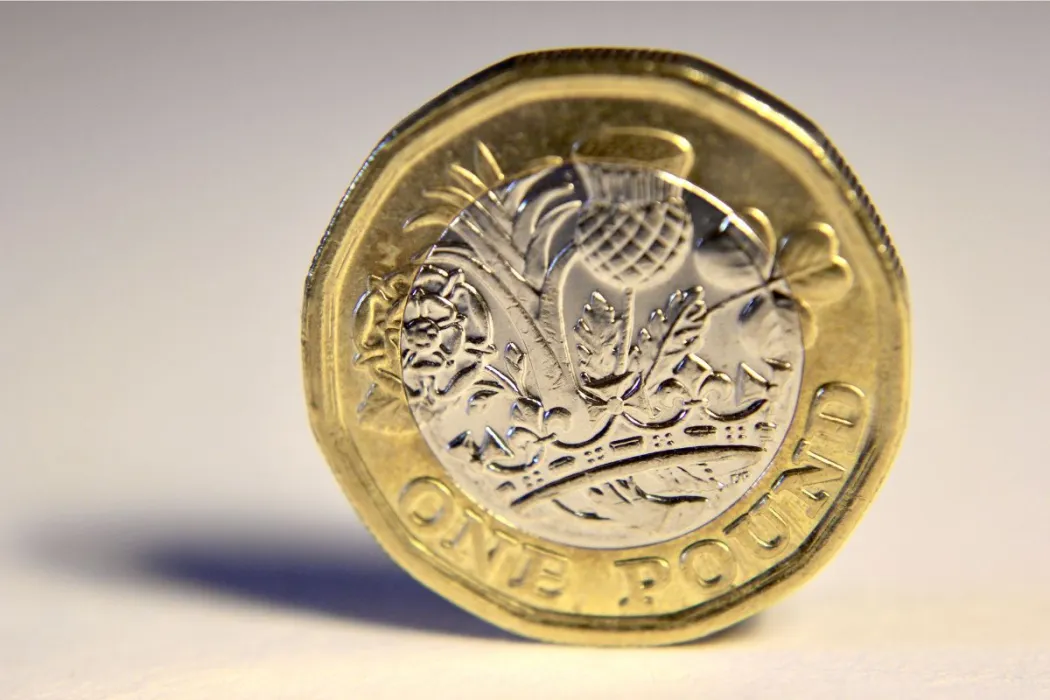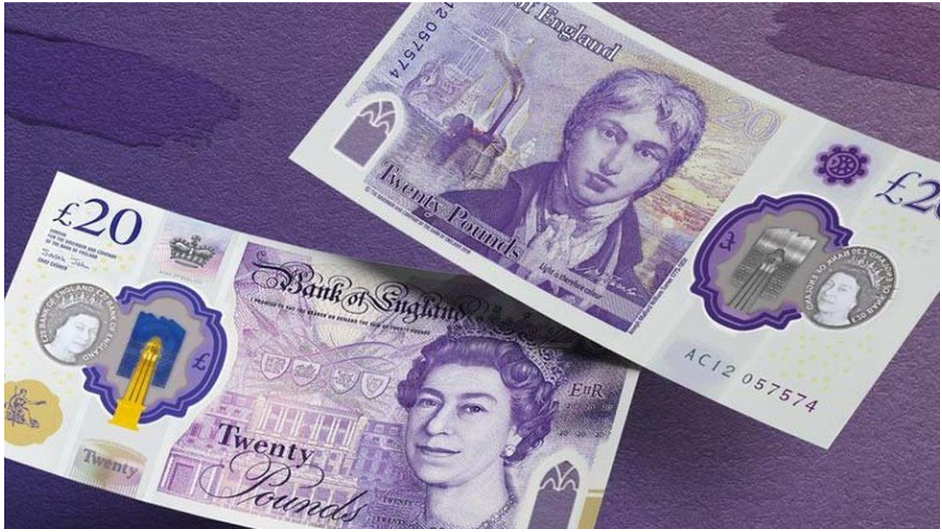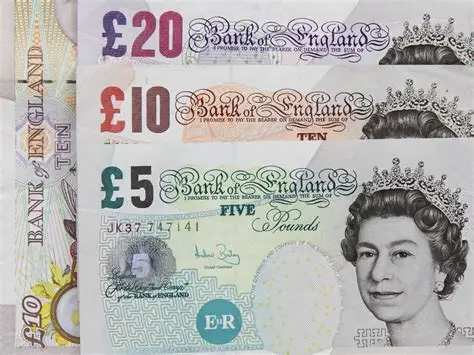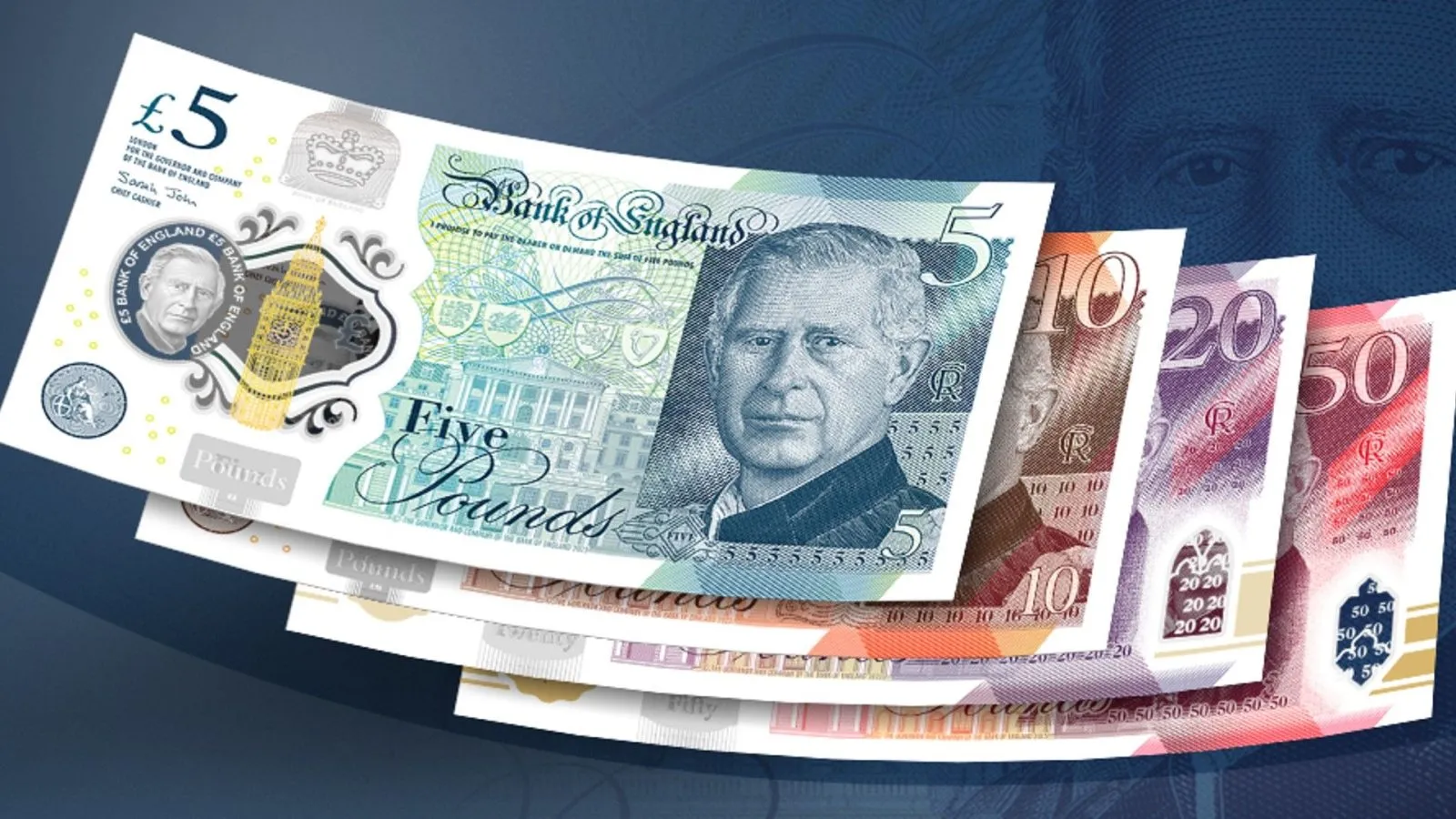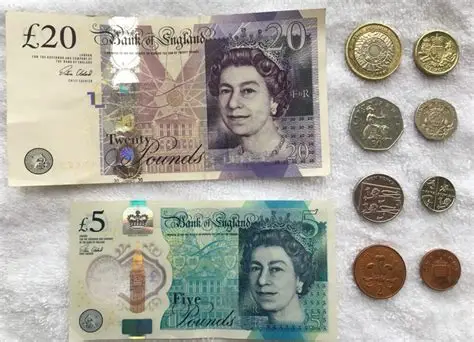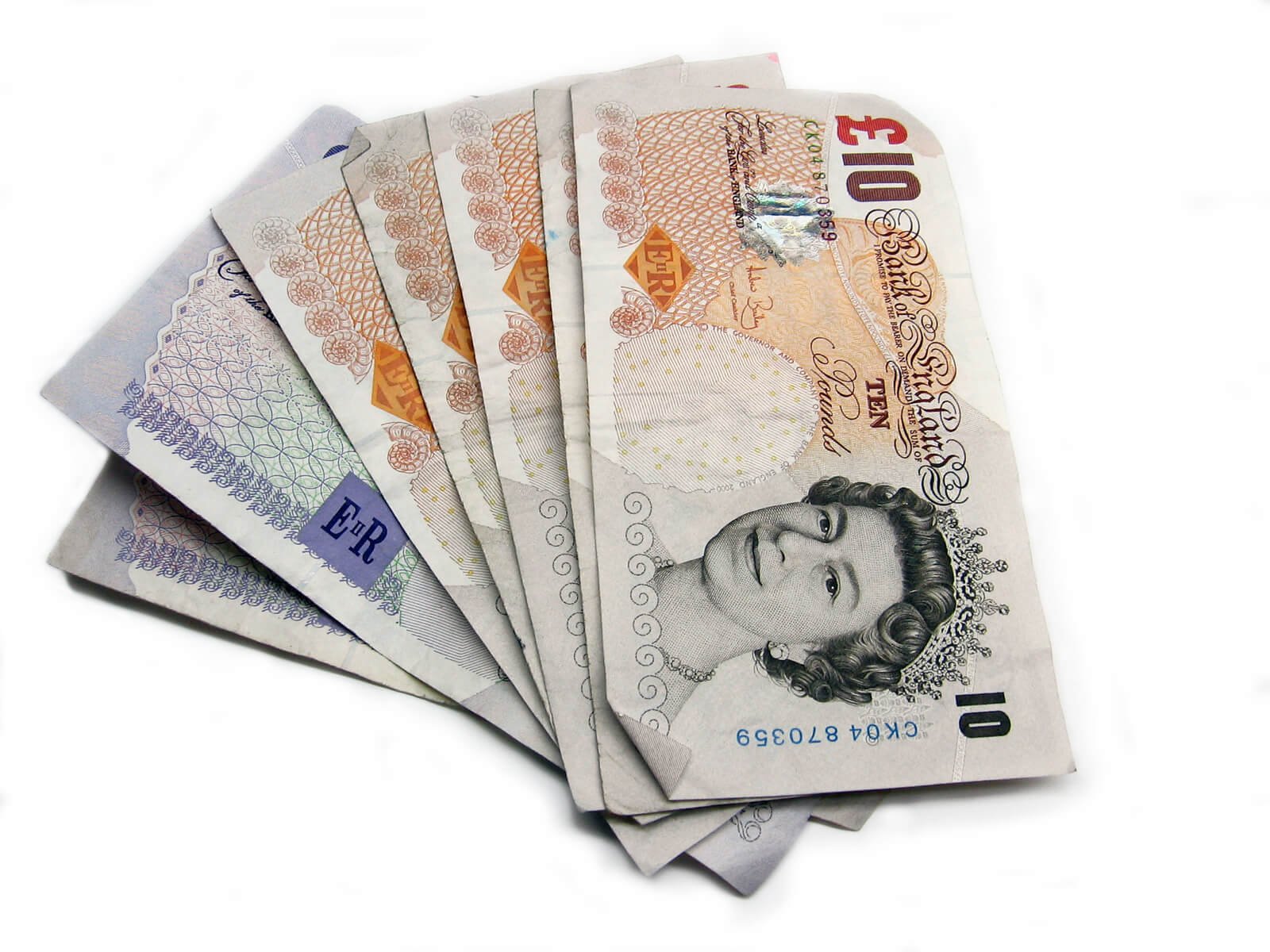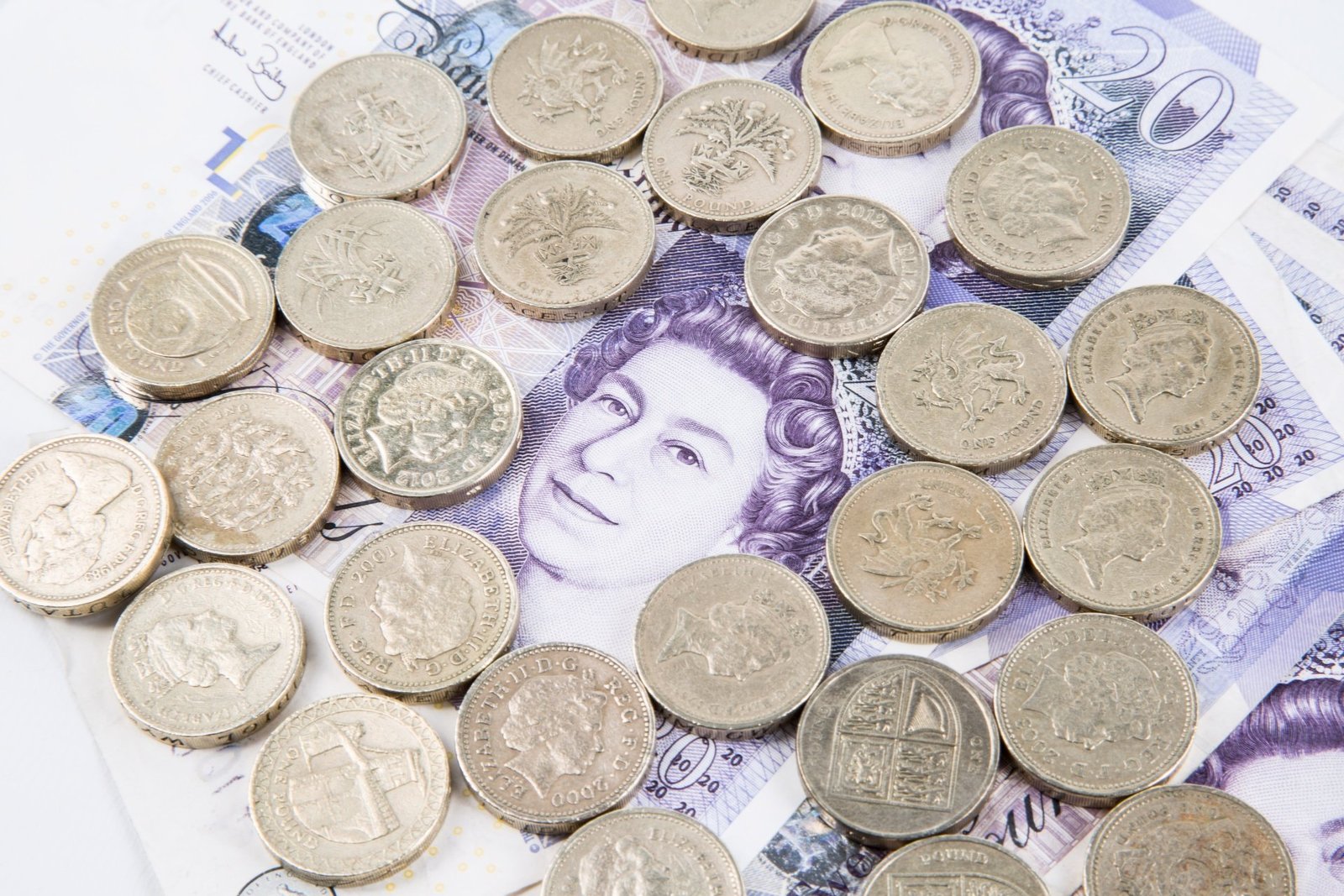Pound Sterling Weak Against US Dollar During Government Shutdown and BoE Surveillance
Pound Sterling (GBP) fell to a level of approximately 1.3420 against the US Dollar (USD) as the Greenback rose despite the current US government shutdown and potential threats of federal employee firings. Investor sentiment was still cautious ahead of the speech by Bank of England (BoE) Governor Andrew Bailey at the Global Investment Summit, where he may give guidance on future interest rate action in the face of ongoing inflation and moderating UK labor market. The GBP/USD currency pair failed to recover the 20-day EMA level of 1.3476, trading in a slow range with major support at 1.3140 and resistance at 1.3726. Market players closely follow both US fiscal news and BoE signals for the immediate direction of the Pound. KEY LOOKOUTS • Investors will be keenly looking for indications of future interest rate reductions or monetary policy cues in view of sticky inflation and slowing UK labor market. • News on the short-term funding bill or possible large-scale furloughs of federal employees may affect USD strength and market sentiment. • Levels of key support at 1.3140 and resistance at 1.3726 will be most important for investors to estimate short-term price actions. • Forward CPI inflation expectations and UK Services PMI will continue to be under the radar to determine the condition of the UK economy. The Pound Sterling continues to come under pressure against the US Dollar as investors balance the effects of the US government shutdown and look for important cues from the Bank of England. As the Greenback gains during uncertainty about possible federal worker firings, the GBP finds itself hard-pressed to catch a bid, trading below the 20-day EMA at 1.3476. Market players are keeping close tabs on BoE Governor Andrew Bailey’s speech for clues about interest rate policy while UK economic data such as the Services PMI and inflation expectations remain driving market sentiment. The currency pair should continue to be range-bound between important support at 1.3140 and resistance around 1.3726 in the short term. Pound Sterling fell to about 1.3420 versus the US Dollar due to the US government shutdown and uncertainty regarding federal job cuts. Investors are looking for BoE Governor Andrew Bailey’s speech for hints about upcoming interest rate direction. Important support and resistance levels are 1.3140 and 1.3726, respectively. • The Pound Sterling is quoted at 1.3420 against the US Dollar, lagging behind amidst US government shutdown issues. • The US Dollar Index (DXY) increases 0.55% to about 98.25 amid US fiscal uncertainty. • Investors expect guidance on interest rates from BoE Governor Andrew Bailey’s speech at the Global Investment Summit. • The GBP/USD currency pair is unable to surge above 20-day EMA at 1.3476, with minimal upside momentum. • UK Services PMI in September at 50.8, down from the initial reading of 51.9, indicating subdued growth in the service sector. • UK companies’ one-year ahead CPI inflation expectations rose to 3.5% in the September quarter. • GBP/USD key technical levels are support at 1.3140 and resistance at 1.3726, establishing the near-term trading range. The Pound Sterling remains under pressure against the US Dollar as investors respond to the US government shutdown and threat of widespread federal worker firings. Contrary to the possible economic damage, the US Dollar holds strong, citing safe-haven buying during Washington political turmoil. Market players continue to monitor events in Congress, where Democrats and Republicans remain stuck over the stopgap spending bill. The failure to negotiate a short-term agreement has raised worries about fiscal stability and its wider effects on world markets. GBP/USD Daily Chart Price SOURCE: TradingView Focus is also shifting to the United Kingdom, where investors look to Bank of England Governor Andrew Bailey’s address at the Global Investment Summit. What he says may provide clues to the central bank’s interest-rate strategy in the face of ongoing inflation and a slowing labor market. In addition to this, recent UK economic indicators, such as services sector activity and inflation expectations, are being followed to measure the health of the UK economy. All these variables together form market sentiment and will determine the direction of the Pound in the short term. TECHNICAL ANALYSIS GBP/USD currency pair is trading below the 20-day Exponential Moving Average (EMA) at approximately 1.3476, which shows there is no short-term bullish bias. The 14-day Relative Strength Index (RSI) is hovering in the 40–60 band, indicating a sideway trend devoid of strong directional influence. Principal support is at the August 1 low of 1.3140, and the resistance is located close to September 17 high of 1.3726. In all, the technical configuration indicates that the pair can continue to consolidate in this range until a clear breakout, based on forthcoming economic news and central bank signals. FORECAST In the short term, the Pound Sterling may come under additional bearish pressure against the US Dollar if fear about the US government shutdown worsens or if Congress is unable to approve the short-term spending bill. Negative UK economic news or dovish comments from Bank of England Governor Andrew Bailey would also press on the GBP and take the pair down to the crucial support at 1.3140. On the plus side, the Pound could find respite if BoE statements indicate a more aggressive approach to interest rates or if encouraging news comes from the US fiscal talks. A sustained rebound above the 20-day EMA at 1.3476 might unlock the way to resistance at 1.3726, providing traders with the opportunity to ride a potential bounce.




